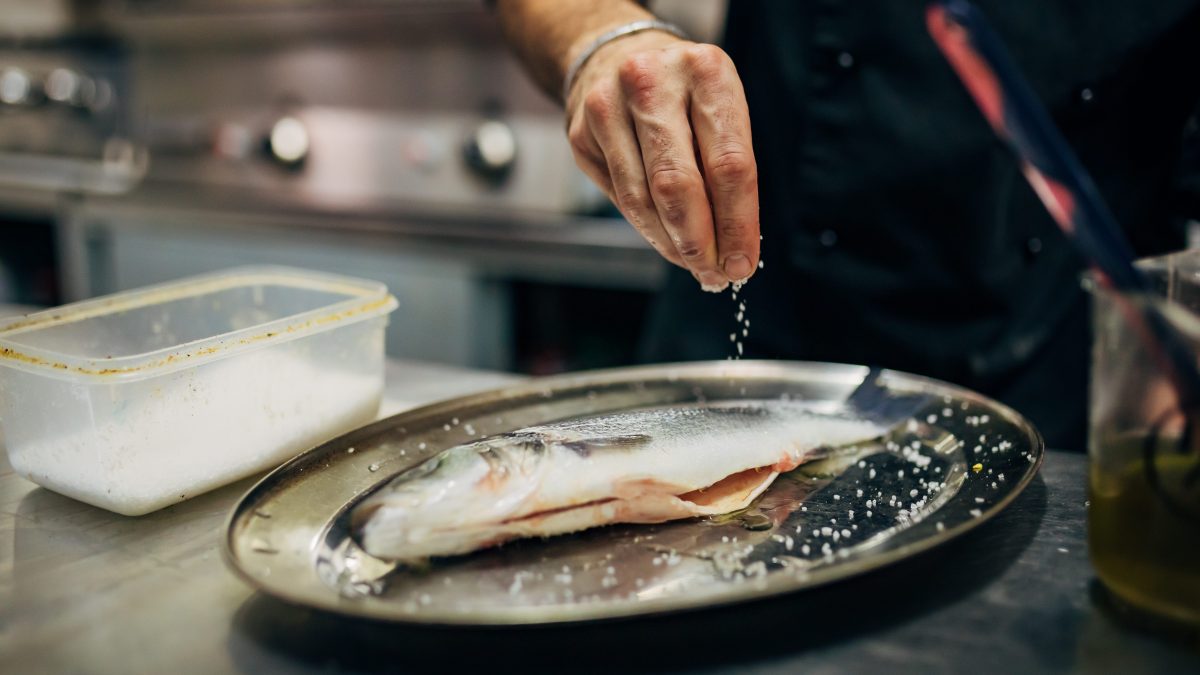
Salting food is an essential aspect of cooking that people rarely discuss, despite its crucial role. It's incredibly easy to slip up and add too much salt, especially because the line between an insipid and an overly salty dish is so thin you can cross it without even realizing. So, how do you salvage a meal that has turned into a salt lick?
Neutralizing Salt: Myth or Reality?
Before diving into specific solutions, let's address a common question: can you neutralize salt? Unfortunately, salt can't be "neutralized" in the traditional sense. Unlike acids and bases that can counteract each other, salt simply dissolves and spreads throughout the dish. The best you can do is dilute, mask, or balance the salty taste. With that in mind, let's explore some effective ways to save your over-salted creations.
#1: Add Something Acidic

One of the most effective methods to combat excessive saltiness is to introduce an acidic element. Stirring a tablespoon of lemon juice, Dijon mustard, or distilled white vinegar into the dish can add extra flavor, masking the saltiness. However, add the acidic substance gradually, or you might end up with a dish that's too sour. For example, if your gravy or stew is too salty, a splash of vinegar or a squeeze of lemon can bring it back to life.
#2: Give It a Rinse

Although it might seem bizarre, rinsing cooked vegetables or meat can help reduce saltiness. This method is particularly useful if you realize your mistake early. After rinsing, re-season the meal, and this time, only add a little salt if necessary. Imagine rinsing off those salty green beans – it's like giving them a second chance!
#3: Dilute with Water

For dishes with a liquid base, such as soups or braised chicken, diluting with water can be a lifesaver. Add some cold water (start with ¼ cup) and bring the mixture back to a simmer. Taste your concoction and add a bit more water if it's still too salty. This trick works wonders for stews as well, where adding a little more broth or water can help balance the flavors.
#4: Add New Seasonings

Introducing additional seasonings can help lower the impact of salt in the dish. A dash of sugar, honey, ground spices, or aromatics like garlic and onions can do the trick. These ingredients add complexity to the flavor profile, making the saltiness less prominent. For instance, if your stew is too salty, a bit of sugar or some extra herbs can make a world of difference.
#5: Add Some Avocado

The creaminess of avocado can efficiently lower saltiness by changing your perception of taste, making flavors taste milder. Other creamy ingredients that can be substituted for avocado in this hack are sour cream, coconut milk, heavy cream, and ricotta. Picture adding a dollop of sour cream to your salty chili – not only does it cut the salt, but it also adds a delightful richness.
#6: Add Starchy Foods

Starches like uncooked rice, barley, quinoa, couscous, and pasta can soak up salt like a sponge. Throw some into your dish and simmer for a few minutes to give them time to do their thing. This method is particularly useful for soups and stews, where the starches can absorb excess salt while adding texture. Think of it as a culinary sponge – absorbing salt and saving your dinner!
;Resize,width=767;)
